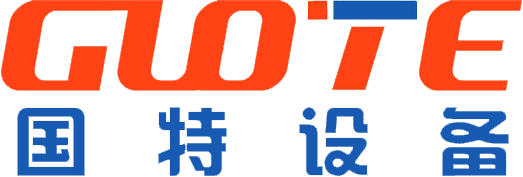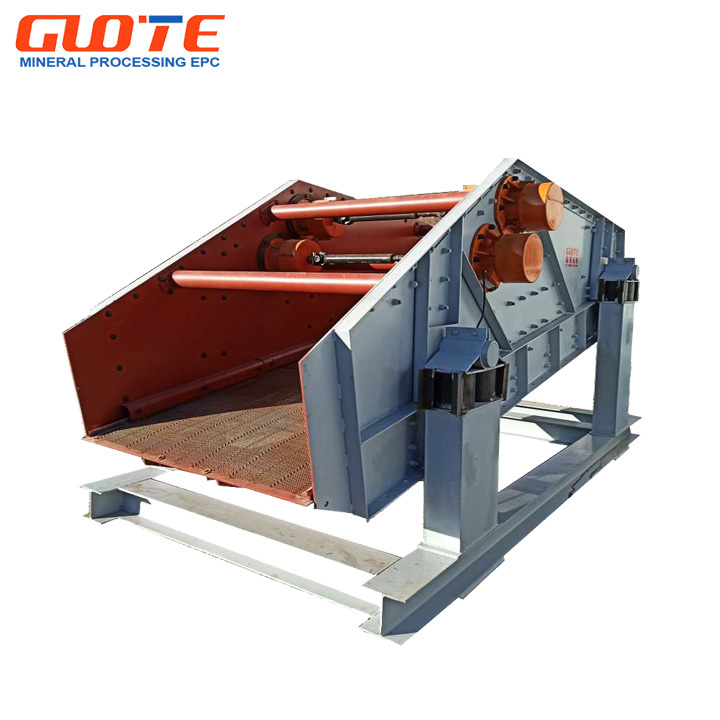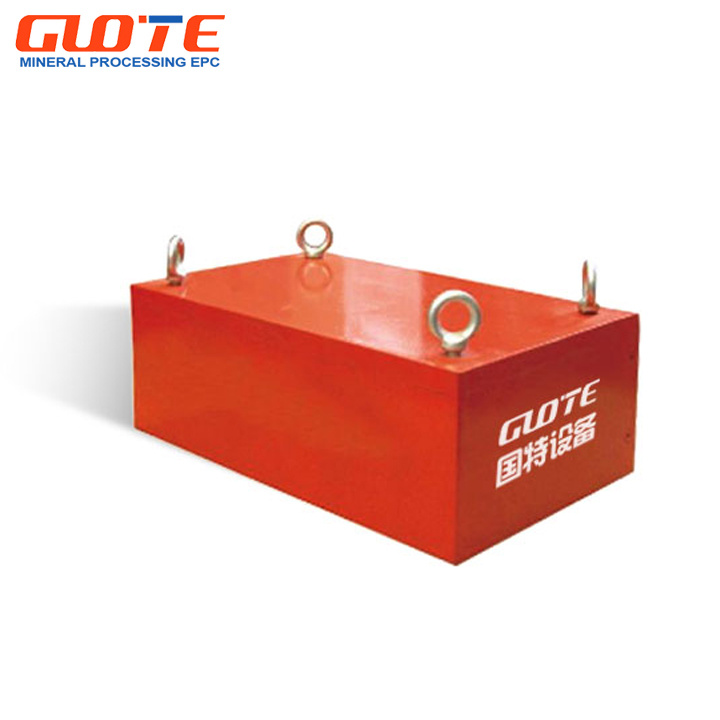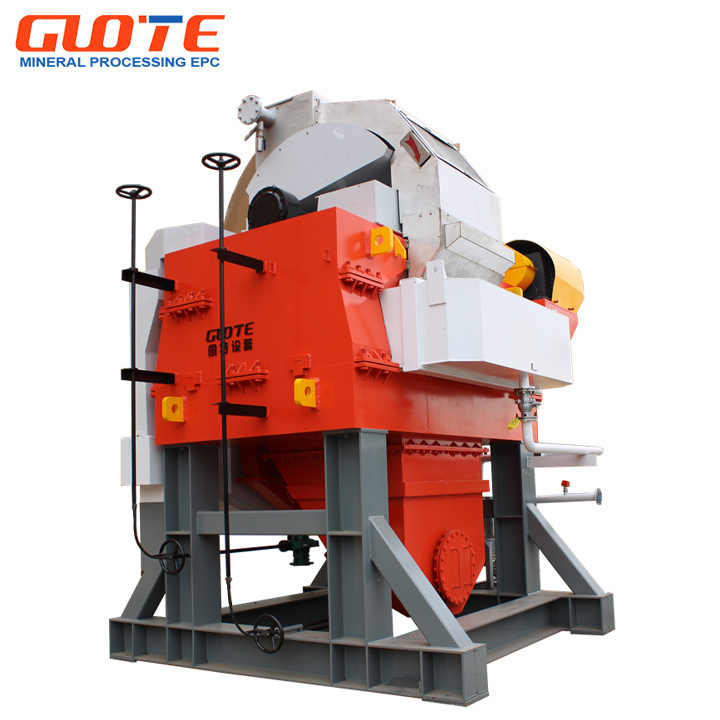Optimizing Your Quartz Powder Production Line: Key Considerations for Efficiency
In the manufacturing and processing machinery sector, setting up the best quartz powder making line involves several critical factors to ensure efficiency and quality. Quartz powder, known for its various applications in industries such as construction, electronics, and glass-making, requires a well-designed production line to meet specific standards and demands.
One of the primary considerations in establishing a quartz powder making line is the selection of appropriate machinery. This includes crushers, grinders, and classifiers, which play vital roles in breaking down quartz rock into fine powder. For instance, jaw crushers are often used in the initial stages to reduce large quartz chunks, while ball mills or vertical roller mills are ideal for the grinding process. The choice of these machines directly impacts the particle size distribution and overall quality of the quartz powder produced.
Another important aspect is the control of the milling process. Consistency in particle size is crucial for various applications, and implementing advanced technologies like automated control systems can help maintain this consistency. These systems allow for real-time monitoring and adjustments, ensuring that the production line operates at optimal efficiency.
Furthermore, the layout of the quartz powder making line should be designed with workflow optimization in mind. Efficient spatial arrangement minimizes material handling and reduces the risk of contamination. A well-organized line not only enhances productivity but also ensures smoother transitions between each stage of production.
Quality control is another pivotal component. Regular testing and analysis of the quartz powder at different production stages can help identify issues early on, preventing defects from reaching the final product. Implementing standardized testing protocols ensures that the quartz powder meets industry specifications and customer expectations.
Additionally, considering environmental regulations is essential in modern manufacturing processes. The quartz powder making line should incorporate dust suppression systems and waste management practices to minimize environmental impact. This not only helps in compliance with regulations but also contributes to a sustainable production approach.
In conclusion, establishing the best quartz powder making line is a multifaceted process that requires careful planning and execution. By focusing on machinery selection, process control, layout optimization, quality assurance, and environmental considerations, manufacturers can create a highly efficient and productive quartz powder production line. Emphasizing these factors not only enhances operational efficiency but also positions your business to meet market demands effectively.
One of the primary considerations in establishing a quartz powder making line is the selection of appropriate machinery. This includes crushers, grinders, and classifiers, which play vital roles in breaking down quartz rock into fine powder. For instance, jaw crushers are often used in the initial stages to reduce large quartz chunks, while ball mills or vertical roller mills are ideal for the grinding process. The choice of these machines directly impacts the particle size distribution and overall quality of the quartz powder produced.
Another important aspect is the control of the milling process. Consistency in particle size is crucial for various applications, and implementing advanced technologies like automated control systems can help maintain this consistency. These systems allow for real-time monitoring and adjustments, ensuring that the production line operates at optimal efficiency.
Furthermore, the layout of the quartz powder making line should be designed with workflow optimization in mind. Efficient spatial arrangement minimizes material handling and reduces the risk of contamination. A well-organized line not only enhances productivity but also ensures smoother transitions between each stage of production.
Quality control is another pivotal component. Regular testing and analysis of the quartz powder at different production stages can help identify issues early on, preventing defects from reaching the final product. Implementing standardized testing protocols ensures that the quartz powder meets industry specifications and customer expectations.
Additionally, considering environmental regulations is essential in modern manufacturing processes. The quartz powder making line should incorporate dust suppression systems and waste management practices to minimize environmental impact. This not only helps in compliance with regulations but also contributes to a sustainable production approach.
In conclusion, establishing the best quartz powder making line is a multifaceted process that requires careful planning and execution. By focusing on machinery selection, process control, layout optimization, quality assurance, and environmental considerations, manufacturers can create a highly efficient and productive quartz powder production line. Emphasizing these factors not only enhances operational efficiency but also positions your business to meet market demands effectively.
best Quartz powder making line
Related Products
Related News






